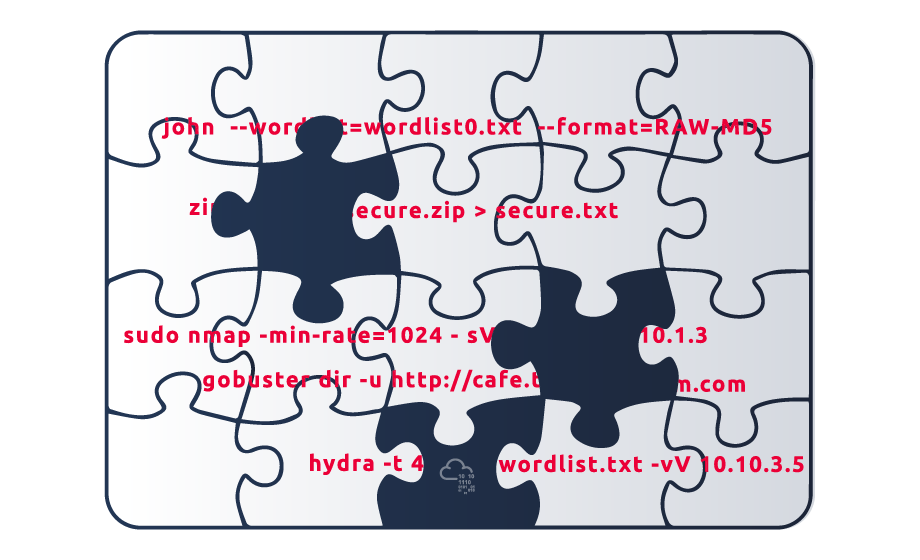We finished analysing the vulnerabilities, and now we can proceed to the fourth step: conducting a risk assessment. NIST defines a risk assessment as “The process of identifying risks to organizational operations (including mission, functions, image, reputation), organizational assets, individuals, other organizations, and the Nation, resulting from the operation of an information system.” In OPSEC, risk assessment requires learning the possibility of an event taking place along with the expected cost of that event. Consequently, this involves assessing the adversary’s ability to exploit the vulnerabilities.

Once the level of risk is determined, countermeasures can be considered to mitigate that risk. We need to consider the following three factors:
- The efficiency of the countermeasure in reducing the risk
- The cost of the countermeasure compared to the impact of the vulnerability being exploited.
- The possibility that the countermeasure can reveal information to the adversary
Let’s revisit the two examples from the previous task. In the first example, we considered the vulnerability of scanning the network with Nmap, using the Metasploit framework, and hosting the phishing pages using the same public IP address. We analysed that this is a vulnerability as it makes it easier for the adversary to block our three activities by simply detecting one activity. Now let’s assess this risk. To evaluate the risk related to this vulnerability, we need to learn the possibility of one or more of these activities being detected. We cannot answer this without obtaining some information about the adversary’s capabilities. Let’s consider the case where the client has a Security Information and Event Management (SIEM) in place. A SIEM is a system that allows real-time monitoring and analysis of events related to security from different sources across the network. We can expect that a SIEM would make it reasonably uncomplicated to detect suspicious activity and connect the three events. As a result, we would assess the related risk as high. On the other hand, if we know that the adversary has minimal resources for detecting security events, we can assess the risk related to this vulnerability as low.
Let’s consider the second example of an unsecured database used to store data received from a phishing page. Based on data collected from several research groups using honeypots, we can expect various malicious bots to actively target random IP addresses on the Internet. Therefore, it is only a matter of time before a system with weak security is discovered and exploited.
